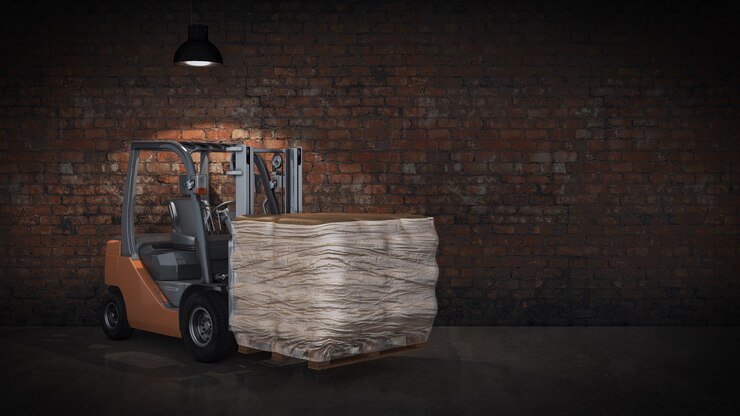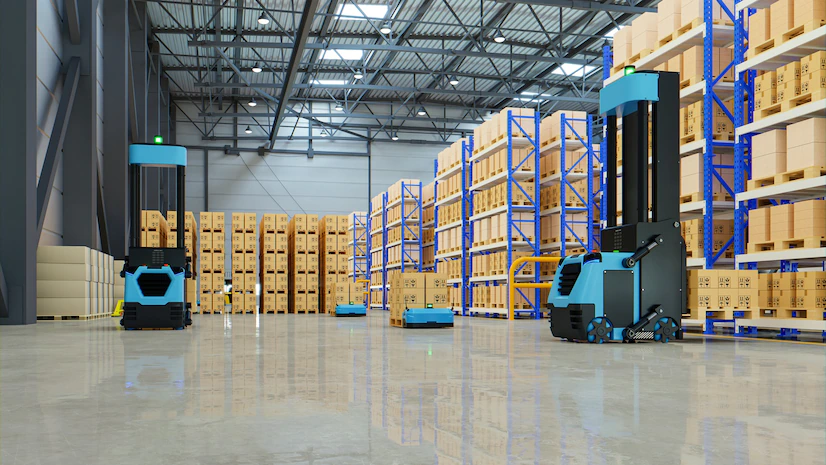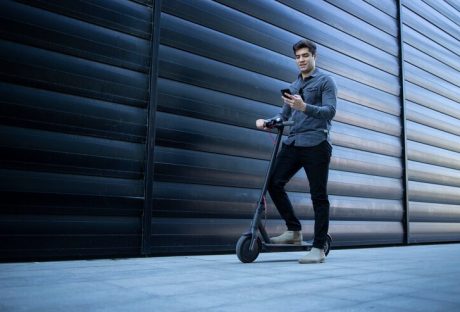Whenever you think of a warehouse or a storage unit that is continuously in use, the first thing that comes to mind is “how is the material/cargo carried to places?”
The answer is usually always“with the help of a forklift truck.” In any warehouse or storage unit, there is always a minimum of one forklift truck. This vital piece of machinery is used to carry cargo around. However, nowadays, you will see a walkie-stacker replacing forklift trucks slowly.
What Are Walkie-Stackers And Why Are They So Popular?

All of us are aware of what forklift trucks are but what are walkie-stackers? Walkie stackers or pallet trucks are pieces of equipment that are second most popular for handling heavyweight materials.
It is also called a “walk behind pallet” truck that has an attached mast. This mast is used to lift heavyweight materials to heights so that they can be stored in compartments, stackets, racks, or other storage units. Usually, a walkie stacker is used where a forklift is not necessary.
Walkie stackers are so popular due to their several advantages. This smart material handling equipment has very low maintenance requirements, low running cost, better visibility, can fit in smaller spaces, release a very controlled amount of CO2 gases, does not produce fumes, etc. So, their popularity is not a surprise because they are worth their price.
Types Of Walkie-Stackers And How They Are Used

Don’t generalize walkie-stackers under one category when you go shopping. There are five main types of walkie-stackers or pallet trucks that serve different purposes.
1. Walkie Reach Stacker.
One of the most common types of walkie-stackers in Australia is the highly efficient walkie-reach stacker. It features a pantographic scissor mast used by the operator to push heavy-weight materials in the forward direction.
In simpler words, the mass is pushed away from the walkie-stacker’s body. Check out Walkie reach stacker at Adaptalift Group For the best quality walkie reach stacker at a surprisingly affordable price.
2. Standard Walkie Stacker.
This type of walkie is used to distribute load weight by placing legs under the forks. The walkie is used to lift or handle heavy weights such as pallets. Mostly, a standard walkie stacker is ideal for transporting and stacking pallets.
3. Ride-On Walkie-Stacker.
Awfully similar to the build of a standard walkie-stacker, a ride-on walkie-stacker has a bob or a platform that requires the operator to control the walkie-stacker. This type of walkie stacker requires a forklift which might be a downside for some drivers.
4. Counterbalance Walkie Stacker.
This type of walkie-stacker does not have legs like the usual stacker straddle. It allows the walkie stacker to move and operate in compact spaces and narrower aisles. They are still able to lift pallets which makes them very desirable for users.
5. Walkie Stacker Straddle.
Walkie stacker straddle is the most popular walkie-stacker in Australia that uses two legs for distributing weights. They are usually used for low or mid-level racking applications.
Read Also:






















